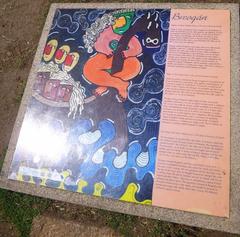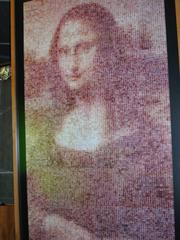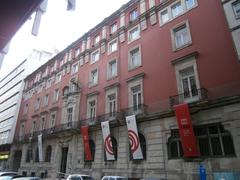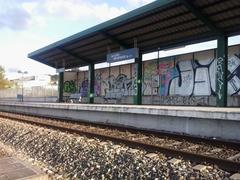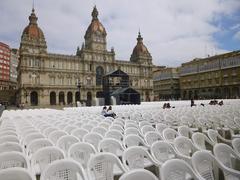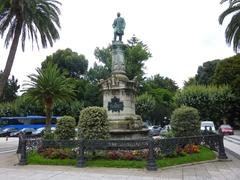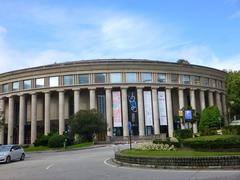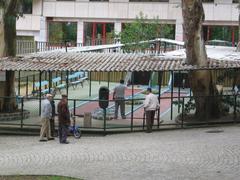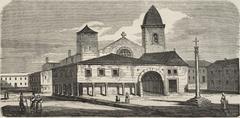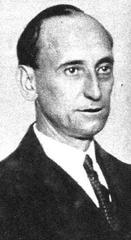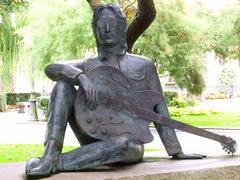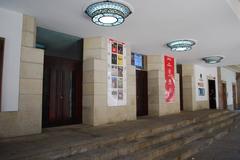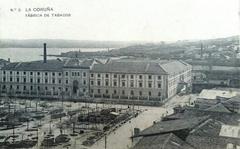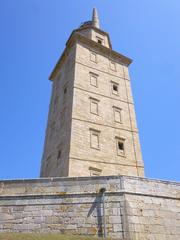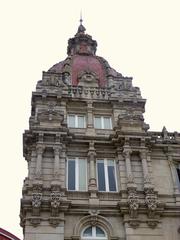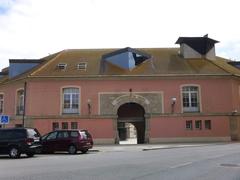
Capela Da Venerable Orde Terceira De San Francisco: Visiting Hours, Tickets, and Historical Guide – A Coruña, Spain
Date: 04/07/2025
Introduction
Nestled in the heart of A Coruña’s historic quarter, the Capela Da Venerable Orde Terceira De San Francisco is a remarkable Baroque chapel reflecting centuries of Galicia’s religious, artistic, and civic heritage. Closely associated with the lay Franciscan Third Order, this site offers a unique window into the evolution of Galician spirituality, community engagement, and artistic craftsmanship. This guide provides a comprehensive overview of the chapel’s origins, architectural highlights, cultural significance, and practical visitor information—including current opening hours, ticket details, accessibility, and top tips for making the most of your visit (Concello da Coruña, Turismo de A Coruña, Orden Tercera Ciudad Vieja).
Table of Contents
- Introduction
- Historical Overview and Foundation
- Architectural Evolution and Artistic Heritage
- The Chapel’s Role in Civic and Religious Life
- Visiting Information: Hours, Tickets, and Accessibility
- Special Events and Guided Tours
- Nearby Attractions and Travel Tips
- Frequently Asked Questions (FAQ)
- Conclusion
- References
Historical Overview and Foundation
Origins
The Capela Da Venerable Orde Terceira De San Francisco is rooted in the expansion of the Franciscan movement in medieval Spain. The Third Order (“Orde Terceira”) was established in the 17th century, offering laypeople the opportunity to participate in Franciscan spirituality without monastic vows (Franciscan Order History). In A Coruña, the Third Order’s presence reflected the city’s growing religious and civic dynamism.
Construction and Development
Built between 1743 and 1753, the current chapel replaced an earlier late-17th-century structure. The design, attributed to Simón Rodríguez, embodies Baroque aesthetics with a single nave, elaborate altarpieces, and a harmonious spatial organization. The chapel was constructed adjacent to the main Franciscan convent—originally a 13th-century landmark, now represented only by its surviving 16th-century bell tower (patrimoniogalego.net, Orden Tercera Ciudad Vieja).
Architectural Evolution and Artistic Heritage
Exterior and Facade
The chapel’s understated Neoclassical façade, redesigned in the 19th century by Juan de Ciórraga, features whitewashed masonry and granite framing. Adjacent stands the robust bell tower, a rare architectural survivor of the original convent (Waymarking.com). Its architectural sobriety contrasts with the ornate Baroque interior.
Interior and Artistic Highlights
The interior boasts a single wide nave with side chapels (fornelas) housing gilded Baroque altarpieces. The main retablo, crafted by Domingo Antonio de Paredes in 1777, integrates elements from an earlier 1690 retable, featuring vivid polychrome sculptures of St. Francis and other Franciscan saints. The sacristy contains original liturgical vestments and silverwork, accessible during guided tours or by arrangement (Museo de Belas Artes da Coruña).
Conservation and Restoration
Ongoing restoration has preserved the chapel’s altarpieces, coffered ceiling, and valuable religious imagery. Notably, the preservation of its archives, dating from 1674, provides insight into the site’s historical and social context (patrimoniogalego.net).
The Chapel’s Role in Civic and Religious Life
From its inception, the Capela Da Venerable Orde Terceira has been a center for lay Franciscan activity, community service, and artistic patronage. The Third Order played a critical role in charitable initiatives, supporting the poor and organizing relief efforts during crises such as the Peninsular War (Peninsular War). The chapel has also witnessed key historical events, such as the 1520 Cortes of A Coruña, convened by Emperor Charles I, and visits by Spanish royalty.
Today, the chapel remains a living monument, actively hosting Mass, processions, and special cultural events, sustained entirely by the voluntary efforts and donations of its lay fraternity (Orden Tercera Ciudad Vieja).
Visiting Information: Hours, Tickets, and Accessibility
Location
- Address: Praza de San Francisco, 15001 A Coruña, Spain
Opening Hours (as of July 2025)
- Weekdays: 10:00 AM – 1:00 PM, 4:00 PM – 7:00 PM
- Saturdays: 10:00 AM – 1:00 PM
- Sundays & Religious Holidays: Open for religious services only
Check for updates or special closures at the official tourism website.
Tickets
- Admission: Free (Donations encouraged for preservation)
- Group Visits/Guided Tours: May require advance booking via the chapel or local tourism office
Accessibility
- The main entrance is at street level.
- Some areas (sacristy, archives) have limited access for those with mobility impairments.
- No lifts or ramps to upper or restricted areas; contact administration for specific needs.
Special Events and Guided Tours
The chapel participates in A Coruña’s key cultural events, including the “Noite Branca” (White Night), featuring candlelit evening tours and unique photographic opportunities. Guided tours—offering in-depth insights into the chapel’s history, art, and archives—are available by prior arrangement, particularly during peak seasons.
Nearby Attractions and Travel Tips
Nearby Sites
- Iglesia de Santiago (Turismo de A Coruña)
- Praza de María Pita
- Museo Militar (Turismo de A Coruña)
- Paseo Marítimo and Museo Arqueológico (Castillo de San Antón)
Visitor Tips
- Dress modestly: Shoulders and knees covered.
- Quiet reflection: Maintain silence during services.
- Photography: Permitted without flash or tripods.
- Language: Most signage in Galician/Spanish; consider a translation app.
- Transport: Public transit recommended; limited street parking nearby.
Frequently Asked Questions (FAQ)
Q: Are tickets required to visit the chapel?
A: No, admission is free. Group tours may require advance booking.
Q: What are the best times to visit?
A: Weekday mornings and late afternoons are least crowded.
Q: Is photography allowed?
A: Yes, but no flash or tripods.
Q: Are guided tours available?
A: Yes, by prior arrangement.
Q: Is the chapel accessible for visitors with disabilities?
A: The main nave is accessible; some areas have limited mobility access.
Conclusion
The Capela Da Venerable Orde Terceira De San Francisco offers a vibrant blend of history, art, and community spirit. Its Baroque interiors, preserved archives, and active lay fraternity make it both a cultural treasure and a living monument in A Coruña. Whether you seek to explore Galicia’s religious heritage, admire Baroque artistry, or simply enjoy a quiet moment in a historic setting, this chapel is an essential stop on any visit to the city.
Plan your visit, combine it with nearby attractions, and immerse yourself in the legacy of A Coruña’s Old Town. Stay updated on hours, events, and guided tours via official resources and consider using the Audiala app for a richer, more personalized experience.
References
- Capela Da Venerable Orde Terceira De San Francisco: History, Architecture, Visitor Information, and Cultural Significance in A Coruña, 2025, (Concello da Coruña)
- Visiting Capela da Venerable Orde Terceira de San Francisco in A Coruña: History, Hours & Visitor Guide, 2025, (patrimoniogalego.net)
- Visiting Capela Da Venerable Orde Terceira De San Francisco: Hours, Tickets, and A Coruña Historical Sites Guide, 2025, (Turismo de A Coruña)
- History of the Franciscan Order and Third Order, 2025, (Britannica)
- Napoleonic Wars in Spain, 2025, (Britannica)
- Desamortización in Spain, 2025, (Britannica)
- Official Website of the Venerable Orden Tercera de San Francisco, 2025 (Orden Tercera Ciudad Vieja)
- Museo de Belas Artes da Coruña, 2025 (Museo de Belas Artes da Coruña)
For further travel tips and up-to-date guides, download the Audiala app and follow us on social media.



